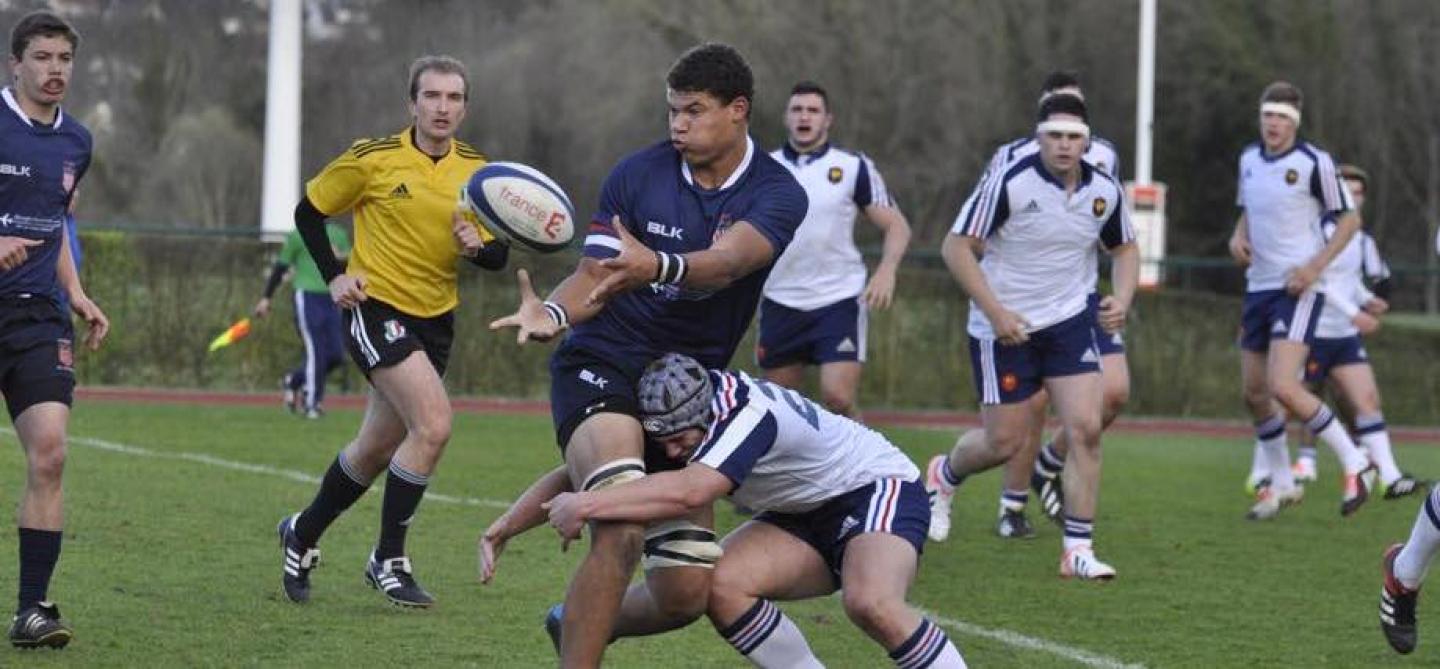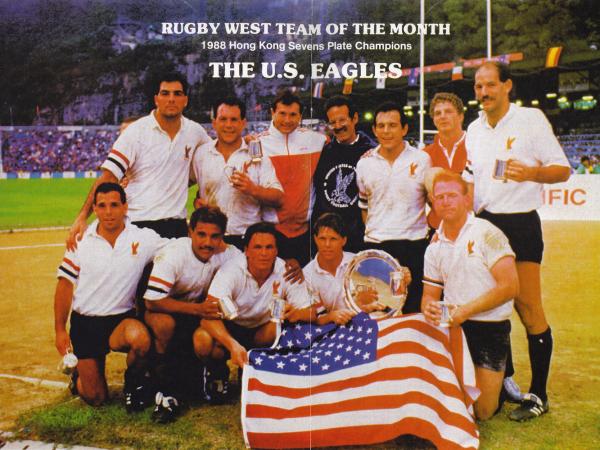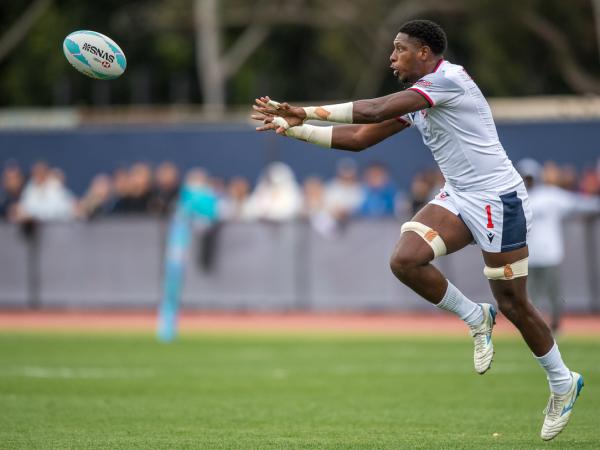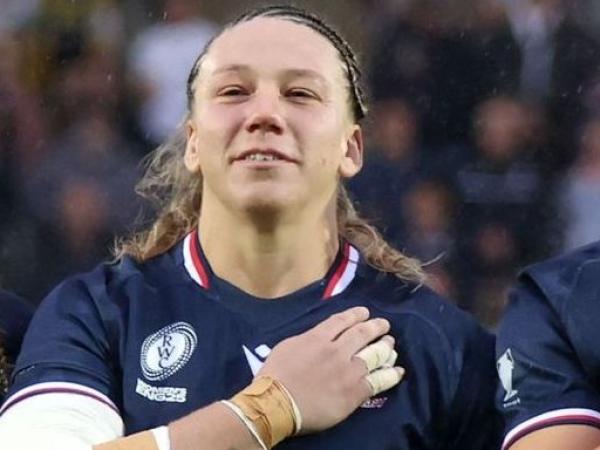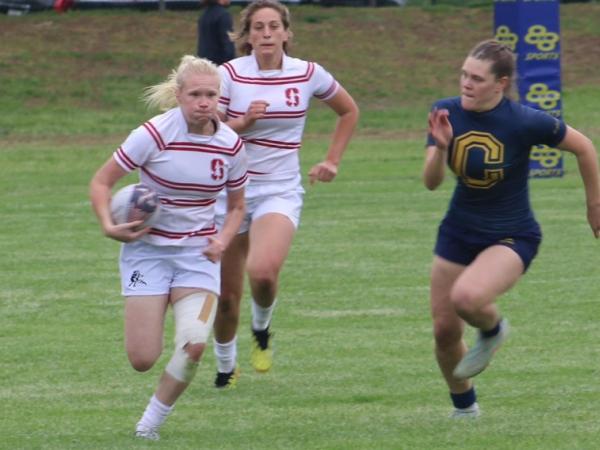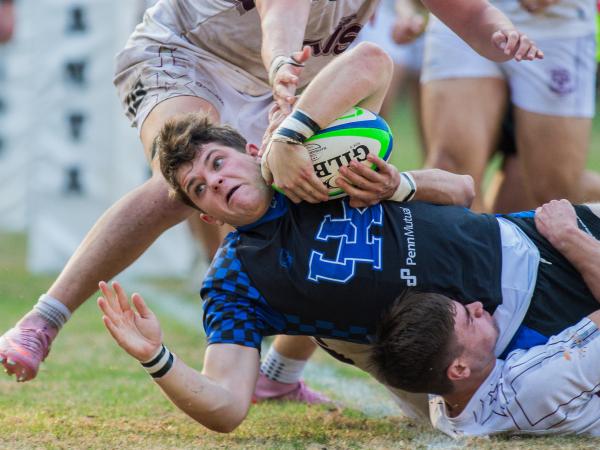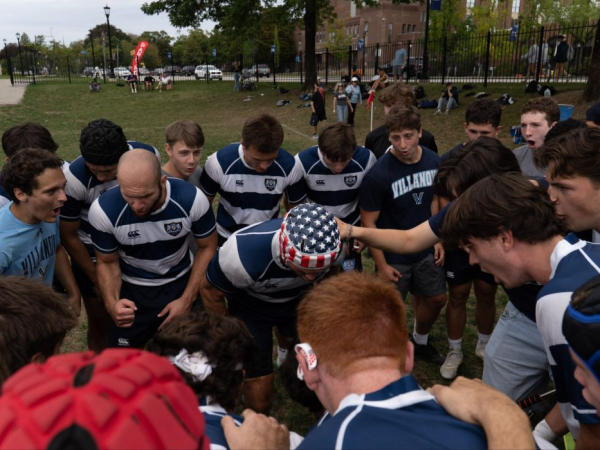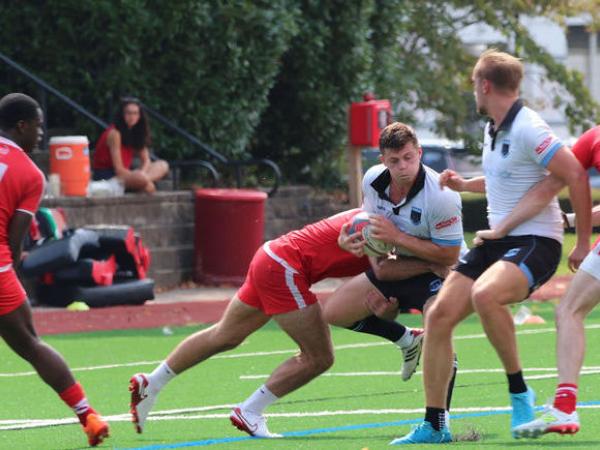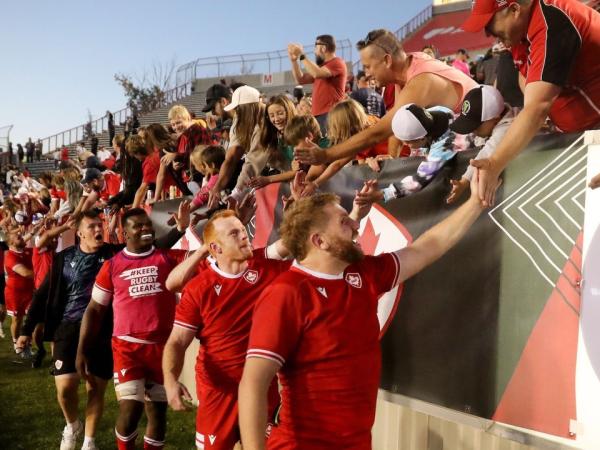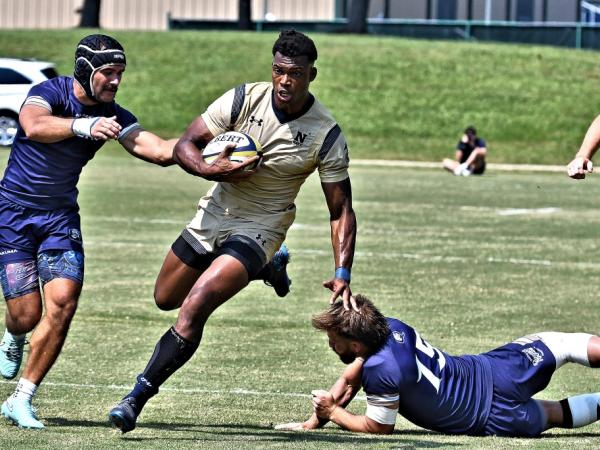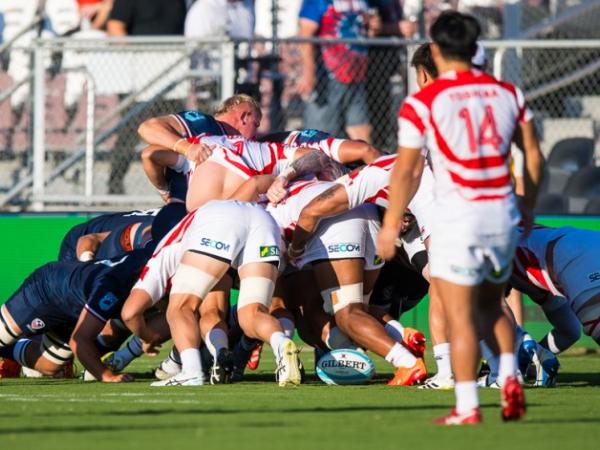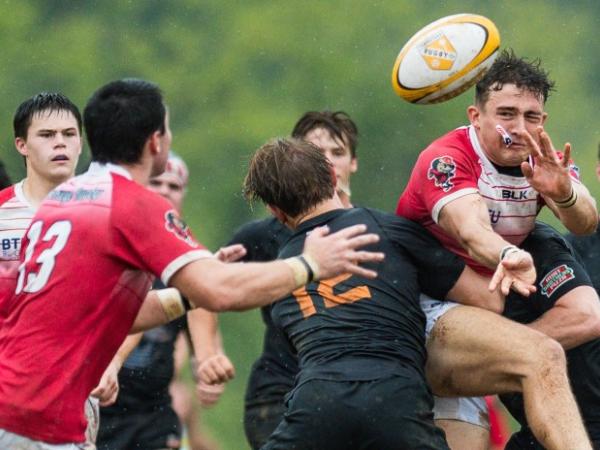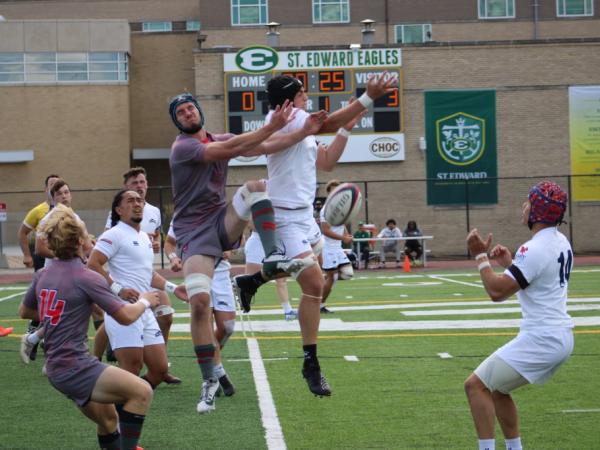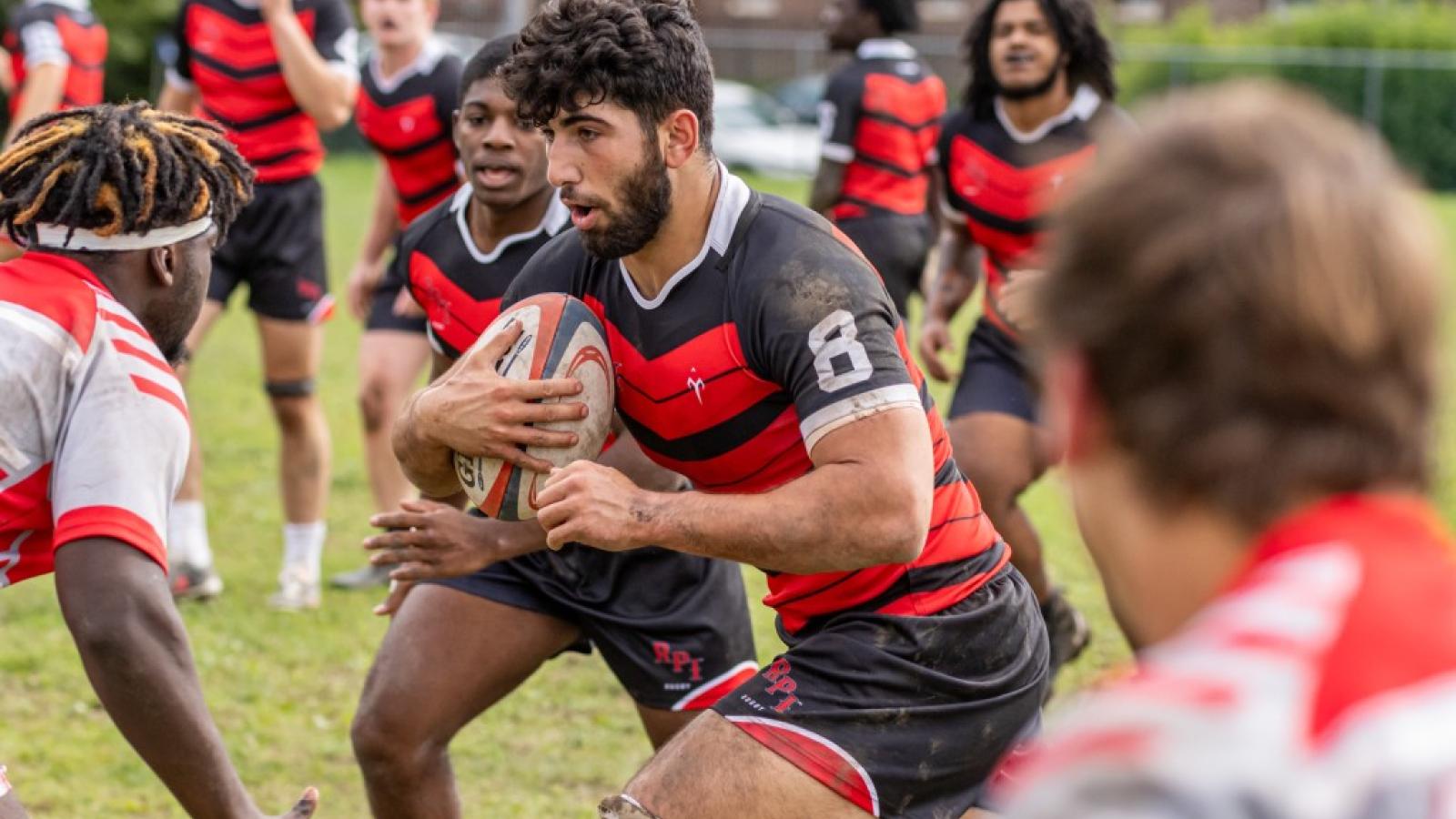Whoever the new USA Men’s 15s Coach is in 2016, he will have some extra work to do.
While all national team coaches are expected to scout for talent, in the USA, tracking those pieces of talent is tougher than in most nations, and so more work falls on the desk of the Eagles coach. The teams are spread all over, and you don’t have a specific pipeline from the younger levels to a small number of top pro teams you can watch from your couch every weekend.
Add to that the fact that college rugby is a bigger deal in the USA than in other nations, and young players stay with their college teams (usually) rather than getting tracked into a pro team or academy, and you’ve got a difficult environment for channeling the best players to the top.
So a USA Head Coach has to do a little more digging to find players.
In addition, and this is the really hard part, he has to keep track of, and in touch with, potential Eagles. That may seem that I am asking too much, and it might also seem like I am implying that previous coaches have not done this, and I am.
It is too much, but it has to be done. Coaches have missed the boat on this. During every coach’s tenure since I began writing about the USA team in detail in 1997 has come under criticism for not communicating with players. Sometimes it’s just one or two players, often with a hint of sour grapes thrown in for flavor. Sometimes it’s systematic.
What I know for certain is that the problem isn’t going away, and I also know that as international rugby becomes more of a young man’s game (just talking the men’s team here so I can be gender specific), it’s those young men I worry about. Look at the recent crop of U20 and HS All American players: Some of them have gone quickly into the Eagles setup in 15s or 7s - Titi Lamositele, Madison Hughes, Mike Te’o - so everyone knows where they are. But others who are potentially national team players are not in the loop. Maybe the Eagles scouting staff know what their plans are for Hanco Germishuys, Kingsley McGowan, Calvin Whiting, JoJo Tikoisuva, Steven Branham, Christian Weissing, Alex and Austen Taefu, but is can tell you that those players don’t know.
While we’ve seen the likes of Ben Pinkelman, Moto Filikitonga, Seth Halliman, Nick Barrett, and Teli Veamatahau get some time in camps, there are others who are just kind of waiting and wondering.
Louis Mulholland, a former HS All American scrumhalf now playing in the Bath setup, was named to the larger 2015 Eagle player pool, but that turned out to be a complete surprise to him. You’d think, with Mike Petri nearing the end of his wonderful career, you’d want to be on top of every scrumhalf - Tom Bliss, Michael Reid - out there. Suwaiter Poch, a bruising former HSAA hooker with skills and strength, is not in a high-level rugby environment at the moment. He needs guidance. Justin Allen, a 6-10 lock who was on the HSAA team is playing low-level club rugby in England. Tikoisuva is at a crucial crossroads.
Somebody, in my opinion, needs to be on the phone and in email contact with these types of players.
Then there’s football. And for every Thretton Palamo or Brett Thompson, players who went from rugby to football back to rugby again, there are many others who don’t have as smooth a journey. That, again, is because, I believe, those players aren’t watched, tracked, or contacted.
Think of Aaron Mitchell (San Diego Mustangs Rugby, Fresno State Football), or Psalm Wooching (Kona Bulls Rugby, University of Washington Football), or Reggie Corbin (Gonzaga Rugby, Illinois Football) just to name three, players who might return to rugby after a successful football career and might be a benefit to a club, a development academy, or a national team.
Consider that some of the USA’s most promising big forwards coming out of high school, like Cameron Griffin, Leki Fotu, and Liam Jimmons, are now in DI college football programs
Here’s the thing - too many at the leadership levels think that playing for the USA is such a great honor that someone should automatically drop everything to play. Sometimes a job, school, family, or something else gets in the way, and if that player only knew ahead of time what might be required of him, he would have been able to change things.
Too many think that rugby is so magnetic that an athlete will return to it. But there’s a paying job, or the fact that one’s local rugby club is a steep dropoff from a DI football team, that makes it less desirable.
I’m not saying give someone special treatment. All I am saying is, if a guy has talent, call him, and tell him you want him. Being wanted means a lot. Telling him what the expectations are means a lot too.
I spoke at length with USA Rugby HP Director Alex Malgeby about this, and he touched on some of these issues.
USA Rugby now has the BridgeAthletic app working that allows players to track and be tracked in their athletic metrics. That’s very useful, although the part of BridgeAthletic that allows for coach comments (say, after a National Tracking Camp), is, according to reports, woefully under-used. The numbers and the standards are useful, but what about coach feedback?
The National Tracking Camps are also a way to at least get players on a list and in the system, said Magleby. And players have already been found through the NTCs. For the record, the list of NTCs on the USA Rugby website is http://usarugby.org/usa-rugby-national-team-olympic-recruitment-camp
However, if you’re a young athlete looking to get to the next level, and you go to usarugby.org, you don’t see anything that immediately tells you about the NTCs. You’ve got to go under National Teams, then click on one of the teams listed, and click on “Become an Eagle” (even if you aren’t that good yet and don’t think you are national team level, you have to be able to realize that “Become an Eagle” is the link to click) and then click on the link within the article about Talent Identification.
Whew.
Or just go here.
http://usarugby.org/usa-rugby-national-team-olympic-recruitment-camp
Now, my hope on the NTCs is that there are more. This past year was the rollout time for the NTCs and nine were held. But they held only nine, of which most were on the coasts and in the north. See the graphic below. There were two NTCs held south of the big blue line.
There was only one held inside the green box.
The wavy-line boxes represent areas with strong athletic histories where no NTCs were held. Hawaii … event Eddie “circle-the-wagons” O’Sullivan went to Hawaii.

So USA Rugby should do more, and I expect they will. If holding NTCs is important to the pathway, they have to be made available.
Magleby, then turned to the role of the Head Coach of the USA, saying that historically, player identification “has been done, or not done as the case may be, by each individual coaching staff. It’s unacceptable for an athlete on the radar to not know where he or she stands and what her/his work-ons are to get back into the team. We have been asking more of our coaches to implement that immediate feedback and pedagogical loop. Hopefully some of the systems we are putting in place (BridgeAthletic, for example) can help make this process more effective for the coaches and players.”
There is a ton of data, and long, long lists of players. And he’s right, it’s been done, or not done, but the Head Coach. Now is the time for it to be done.
Key in this, is that the job of keeping players in the communication loop is up to the Eagle coaching staff. This is part of the job. If the Head Coach doesn’t want to do it, assistants have to do it. And they have to do it not just with the 30 guys in an assembly, but the next 70 or so who weren’t picked, and the guys who are a year away.
It’s not negotiable. It has to happen. I spend a ton of time in these pages talking about talented young rugby players, and while we in America depend on coaches in high schools and colleges and development academies and clubs to get young players up to the standard, the players need to know where they stand.
And not just from their regular coach, who might be saying “you’re the best there is and I don’t know why they didn’t pick you - probably politics.” USA Rugby, and especially the next Men’s 15s Head Coach, needs to get in front of that, and on the phone with the next generation of players.
Now.






